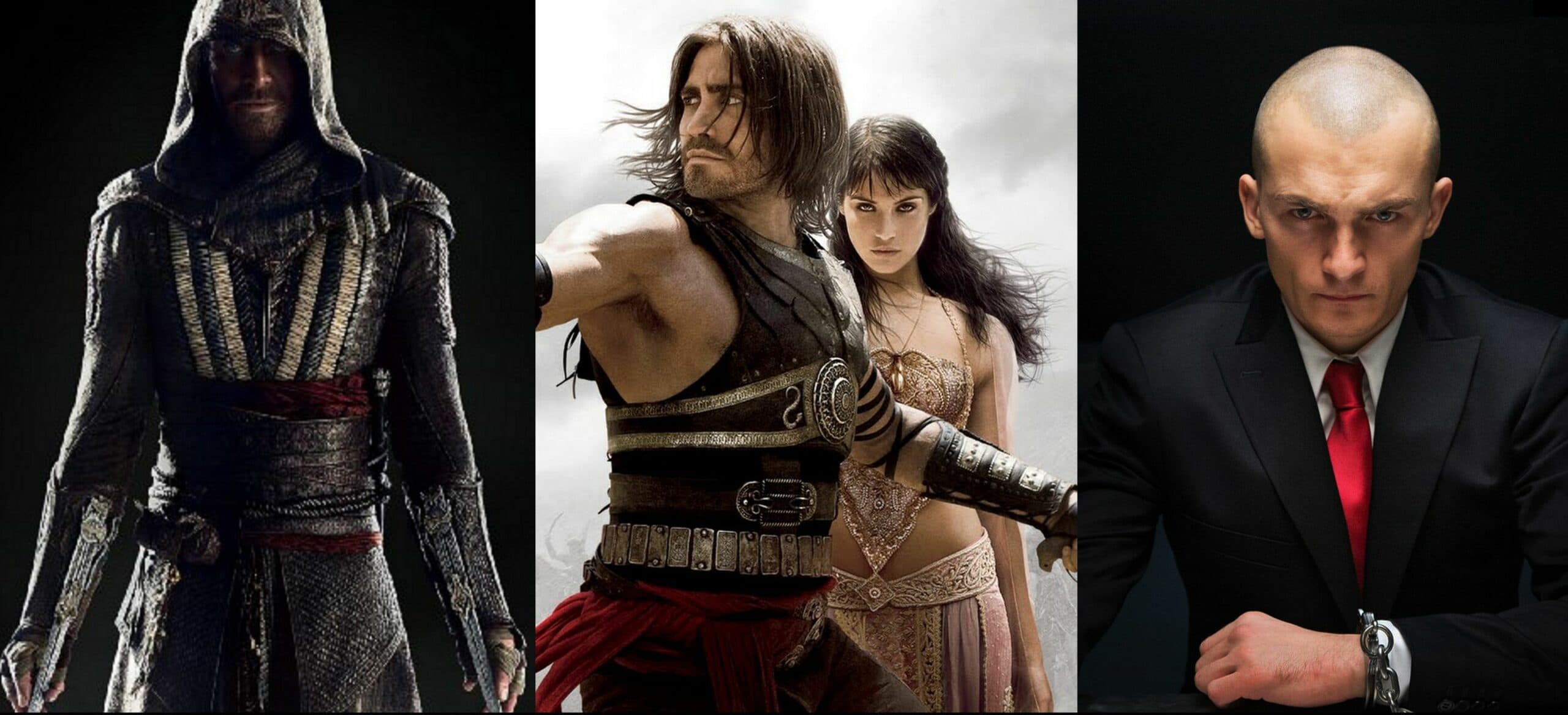Unsung Sheroes of Space: The Real Story Behind 'Hidden Figures'
Have you ever seen a movie that stays with you? "Hidden Figures" is that kind of film. It tells a true story that many have ignored. This film highlights three amazing African-American women at NASA during the Space Race. While America was competing in space, these women fought for equality.
"Hidden Figures" goes beyond entertainment. It reveals stories about Katherine Johnson, Dorothy Vaughan, and Mary Jackson. They were not just mathematicians. They were human computers calculating complex equations to launch America into space. Their calculations were crucial. John Glenn's mission depended on them.
Let’s step back to the history. The movie unfolds during the Space Race alongside the Civil Rights Movement. These women were fighting for recognition and respect. They faced racism and sexism daily. Their story shows resilience against systemic challenges. Their achievements remind us that progress often relies on those hidden in shadows.
These women were not back-up characters in this story. They were key players. Their expertise proved essential to aviation and space advances. They did not just handle numbers; they innovated and problem-solved. Minimizing their impact reshapes history, and "Hidden Figures" firmly places them back in the spotlight.
The movie illustrates the heavy burdens these women carried. They excelled in rocket science while battling discrimination. Imagine handling pressures in a demanding career while facing prejudice. Their journey is about more than math; it reveals the struggle against societal biases. It's a tale of determination and confidence in their abilities.
Now, let's focus on the main characters. "Hidden Figures" tells the stories of Katherine Johnson, Dorothy Vaughan, and Mary Jackson. These women were more than mere names; they were intelligent mathematicians solving complex issues at NASA's Langley Research Center. They were the original 'computers' before technology took over. They made the impossible happen.
This isn’t a fictional story. "Hidden Figures" derives from a non-fiction book by Margot Lee Shetterly. Her research unearthed these essential stories, and the film helped spread their messages worldwide. The film’s truth inspires viewers, proving that real stories can often be more breathtaking than fiction.
The film reflects authentic experiences of these smart.black women. Their calculations fueled crucial achievements in space endeavors. The weight of responsibility was immense. Astronauts' lives and mission success relied on their skills. These women’s stories embody remarkable human potential against all odds.
Discrimination is central to "Hidden Figures." The film addresses the daily biases these women faced at NASA. It wasn't merely equations; it involved navigating a system designed to marginalize them. The film realistically portrays segregation in 1960s America.
The segregated facilities at NASA Langley are vividly shown. Separate dining areas and bathrooms were stark reminders of their inferior status. These visible signs of segregation demonstrate ongoing racism and the indignities they endured. This imagery captures the barriers they fought to dismantle, both professionally and personally.
"Hidden Figures" effectively highlights the strength of Katherine, Dorothy, and Mary through discrimination. They did not accept injustice; they showed resilience. They thrived despite oppression. Their defiance against racism and sexism teaches powerful lessons. It’s about not just surviving but flourishing amid adversity.
One key theme in "Hidden Figures" is unity. The story beautifully reflects that teamwork often surpasses individual efforts. The women supported each other, amplifying their voices. Together, they overcame seemingly insurmountable challenges. This unity emphasizes the value of collaboration in reaching shared goals.
The film demonstrates we grow stronger together. Their achievements resulted from collective effort. This collaboration was not just among them, but also included allies who recognized their potential, regardless of race or gender. It shows that progress emerges when people align for a common goal.
"Hidden Figures" highlights breaking systemic barriers. The work of these women contributed significantly to the Space Race and challenged racial and gender prejudices. Their success opened doors for future generations in STEM fields. They were not just mathematicians; they were agents of social change.
The reach of "Hidden Figures" goes beyond entertainment. By sharing their stories, the film corrects long-standing misrepresentation of black women in history. It allows the world to recognize and celebrate their vital contributions, not just to NASA, but to society. It’s about acknowledging their legacy and the credit they deserve.
Their successes transcended personal achievement; they were national victories. Within a tense 1960s environment, their work boosted national morale and pride. Their achievements showed the importance of diversity, even amid social divisions. They helped rekindle faith in America's potential.
Films like "Hidden Figures" are crucial for fostering empathy. They reveal how individuals surmount significant obstacles, challenging us to value people for their intellect and character instead of relying on prejudices regarding race or gender. These stories help build inclusivity and dismantle harmful stereotypes. They remind us that brilliance exists throughout humanity.
everywhere. It's society's loss when we don't recognize it.
"Hidden Figures" is based on historical facts, but it takes liberties for story reasons. The film shows the reality of segregated areas at NASA Langley Research Center in 1961, including separate dining and bathroom facilities. This truth highlights the discriminatory environment these women faced.
Like other historical dramas, "Hidden Figures" has fictional elements. The film uses composite characters and alters some events for drama. This approach helps make the story more engaging for viewers while keeping it accessible to a larger audience.
For example, Al Harrison, played by Kevin Costner, is a fictional composite character. He blends aspects of three NASA directors at Langley during that time. His character represents changing attitudes at NASA and shows the fight against prejudice. Although not real, he reflects evolving views among some leaders.
Paul Stafford, portrayed by Jim Parsons, is also fictional. He showcases the prevalent racist and sexist attitudes of the workplace then. Stafford highlights the resistance Katherine Johnson encountered from some white male colleagues. He contrasts Katherine's talent and emphasizes the barriers she had to overcome.
The scene where Al Harrison smashes the "Colored Ladies Room" sign is powerful, yet fictional. It symbolizes rejecting racism, but Katherine Johnson said she used the white bathrooms without objection. Though not literally true, this moment captures the spirit of change and the dismantling of segregation dramatically.
Despite these fictional aspects, filmmakers ensured the story's accuracy and the mathematics. NASA historians verified the script, confirming that equations were correct. This attention to mathematical detail adds credibility to the film while honoring the women's intellectual rigor.
"Hidden Figures" vividly shows the high-stakes environment of the Space Race. The film captures the urgency and competitiveness driving the American space program. It was a race against time and a superpower, emphasizing the pressure and dedication of everyone at NASA.
The film portrays how diverse individuals united at NASA with one goal: winning the Space Race. This effort bridged racial and social gaps in a professional environment driven by ambition to reach space. This shared purpose powerfully shapes the film's narrative.
A key moment in "Hidden Figures" is astronaut John Glenn's historic orbit. The film highlights Katherine, Dorothy, and Mary’s integral roles in making this mission successful. Their calculations were vital for Glenn's safe journey and return, showing they were not just behind the scenes; they were essential to the mission.
Katherine Johnson's assignment to the Space Task Group is a career turning point in the film. It places her at the center of space mission planning and showcases her exceptional mathematical skills. This recognition is crucial for her journey in breaking barriers at NASA.
The climax of "Hidden Figures" involves a critical issue with Friendship 7's heat shield during Glenn's mission. This crisis tests Katherine Johnson's problem-solving skills under immense pressure. Glenn's life hangs in the balance.
Katherine Johnson's brilliance shines when she solves the heat shield problem. Her suggestion to attach the retrorocket ensures safe reentry into Earth’s atmosphere. This moment highlights her deep understanding of physics and mathematics, demonstrating her critical role in the mission's success.
The film's ending acknowledges technological changes. Eventually, mathematicians are replaced by computers, reflecting a shift in NASA's work nature. However, this transition is a new beginning for these women, not an end.
Despite computers rising, characters in "Hidden Figures" have successful careers at NASA. Their adaptability allowed them to navigate technological advancements and continue significantly contributing to the space program. This underscores their resilience in evolving environments.
Katherine Johnson's post-"human computer" career is exceptional. She becomes one of NASA's most celebrated scientists, earning accolades for her work. Her contributions remain vital to space exploration, making her an icon in her field.
In a deserved moment of recognition, Katherine Johnson receives the Presidential Medal of Freedom from President Barack Obama in 2015. This moment honors her groundbreaking contributions to science and her inspiring life story. It was a powerful acknowledgment of her achievements.
The Langley Research Center in Virginia was renamed Katherine G. Johnson Computational Research Facility in her honor. This tribute ensures her name and story inspire future generations of scientists and mathematicians.
Mary Jackson also achieves a significant milestone as NASA's first African American female engineer. Her promotion reflects her perseverance against discriminatory barriers at NASA, advancing diversity and inclusion within engineering.
In a selfless act to further women's advancement at NASA, Mary Jackson takes a demotion to work in Human Resources. In this role, she fights for women’s promotion, demonstrating her commitment to opening doors for others and challenging systemic inequalities.
Dorothy Vaughan's trajectory is equally impressive. She serves as NASA's first African American supervisor, breaking ground in leadership roles. Her managerial skills benefit her team and NASA overall.
Dorothy Vaughan embraces technological advancements, becoming a Fortran specialist. She masters programming, a skill increasingly vital at NASA. Recognized as one of the most brilliant minds at NASA, her intellect shines amidst rapid changes.
"Hidden Figures" plays a vital role by dispelling misconceptions. It challenges media underrepresentation and misrepresentation of black women in STEM fields. The film recovers their narratives, placing them as key figures in American history instead of mere footnotes.
Telling the courageous stories of Katherine Johnson, Dorothy Vaughan, and Mary Jackson, "Hidden Figures" emphasizes their immense impact. It offers an opportunity to learn about their extraordinary contributions amid adversity. The film reminds us that history is richer when all voices are heard and contributions acknowledged.
The "Hidden Figures" story adapts for young audiences too. A picture book version caters to children in grades 1-3 and ages 6-8. This adaptation introduces inspiring figures to a new generation early on.
The children's book shares Katherine Johnson, Mary Jackson, Dorothy Vaughan’s stories and Christine Darden’s journey as another remarkable NASA mathematician. It simplifies the narrative while maintaining a core message of perseverance and achievement.
This picture book sends young readers a powerful message: African American women can excel in STEM careers. It inspires children early on, showing them race and gender aren't barriers in these fields. It encourages girls of color to pursue dreams in STEM without limits. "Hidden Figures" emphasizes untold stories' power and recognizing brilliance waiting to be seen.













Responses (0 )